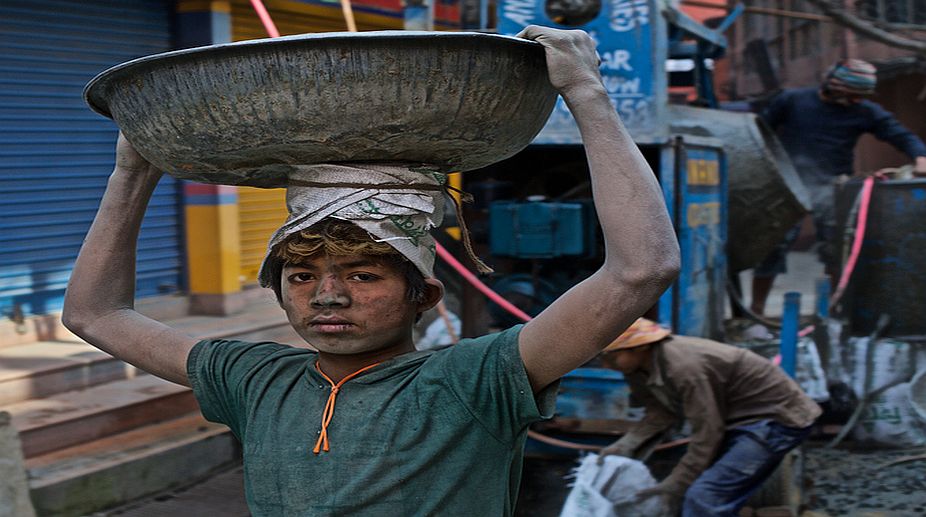City students excel at school meet on history & monuments in Delhi
Mahadevi Birla Shishu Vihar was the only ICSE school to take part in the festival from West Bengal, along with schools from other states.

Child Labour (GETTY IMAGES)
The innocence of children gets stained with the black scars of physical labour and exploitation inside the darkness of the industries in India when they should be out under the sun playing. They must get exposure to the light of education as they are the future of the country. However unfortunately, they are subjected to torture under inhumane conditions at the lowest possible wage. Their moist eyes urges with a longing to be rescued.
It is a cause of lament that India, a nation which endeavours to set ideals before others by promoting human rights and dignified standards of living, have failed to rescue the hundreds of child labourers employed at various industrial sectors.
Carpet industry, North India
Advertisement
The much-craved carpets woven in Kashmir and Uttar Pradesh (UP), which is precious not only in Indian markets but also abroad is the result of the sweats, tears and toil of numerous child labourers working in these carpet industries. Children belonging from lower caste, especially Dalits are favoured for carpet weaving for their good eye-sight and agile fingers fit for creating the intricate patterns on the carpets. The stories of these children between 6 – 14 years are so pathetic that it is bound to move all. Traffickers use these children as bonded labours aiming to cut down the production cost. Driven by poverty and hunger, these children are forced to leave education and work for 17-18 hours a day, inside the dark, poorly ventilated huts. According to a report by Harvard University’s FXB counter for Health & Human Rights, most of them suffer from serious respiratory ailments, spinal deformation, vision problems and joint pain. The girl children have to face added injustices as they are also subjected to sexual exploitation. Once, carpets from Kashmir were banned by the United Nations on the grounds of child trafficking but still much more needs to be done to erase the malpractice.
Fireworks industry, South India
The enjoyment that the lights and crackers of Diwali brings in our life, is the result of the hard work of numerous children who spend hours and days making these crackers in hazardous conditions. Especially, the ‘Sivakasi Industry’ of Tamil Nadu, has been putting under-aged children to work in the explosive and firecracker industries for decades. They spend their days filling gunpowder and sulphur into crackers and sparklers. The sights of innocent ones put to such distress are too pathetic to be tolerated or undermined. Coming to direct contact with dangerous chemicals, their skin gets scalded inhaling disastrous sulphur and aluminium powders developing serious lung and respiratory problems. To top everything, the probability of sudden explosion leading to death sends them in mental trauma. But still they have to strive as it is their only means to earn bread for themselves.
Glass industry, Central and Western India
The delicate and colourful bangles dancing on the hands of our mothers and sisters, reflects the cries of umpteen helpless children sweating in front of stoves and cutting their hands only to shape the smooth, vibrant bangles. The ‘bazaars’ of Firozabad, and many other cities in the western interiors of UP, bears testimony to the fact that the children out of extreme poverty are forced into hard labour. Kids as young as five years, working full time in unhygienic conditions and in extreme trauma, question the legitimacy of humanity. They suffer from tuberculosis, lung infections, skin burns and allergies, left in the hands of fate for survival. Today when India is taking part in global conferences on child rights, it is highly satiric that such conditions still prevail in cities and villages. However, this calls for the humanitarian approach of all that we should join hands against child labour and protest and prevent the cause. Children need to be protected from exploitation to lead our future towards a path of compassionate and social justice.
Coordinator, Class XI, St Thomas Boys School
Advertisement